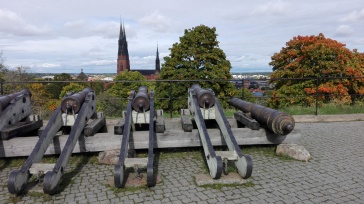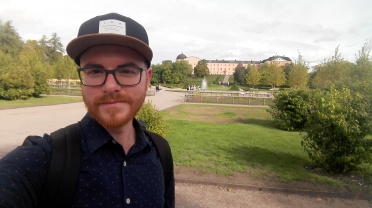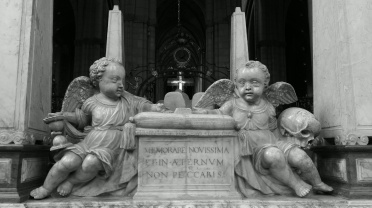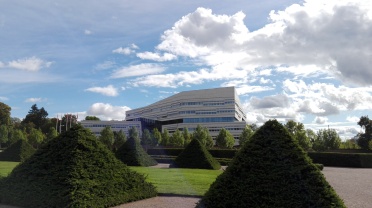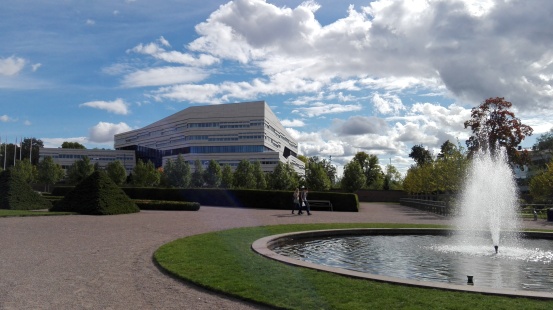
My trip to UPPSALA – Vikings vs. Reality
I used to be a big fan of the tv series Vikings (History channel). With time, my appreciation of the show changed very much: I loved the first two seasons, didn’t particularly like the third and literally hated the fourth. Then I stopped watching it. But the fascination with Viking history and culture is still alive in me.
So I would like to tell you about a day I spent in Uppsala last month. How are these two things related?
In the series -as in real history- Uppsala is depicted as an important religious, economic and political centre of Svealand (Land of the Swedes). In Vikings, it’s located in a somewhat mountainous region and supervised by a high “Priest of Uppsala“. To start with, both things have been fictionalized more than a bit.
The temple in the show is said to be based on the Uppåkra temple structure and on the design of Norwegian stave churches. Because of that, my idea of Uppsala was more or less like this:
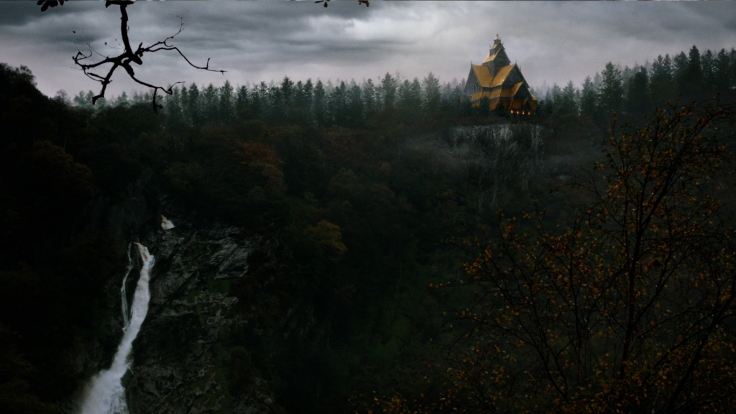
Uppsala is the historic center of the Swedish Church (Svenskakyrka), a Lutheran, former state-church, nowadays known for its liberal position, particularly about homosexuality: in 2009, Bishop of Stockholm Eva Brunne became the first openly lesbian bishop in the world.
So the landscape of nowadays Uppsala is marked by the presence of this magnificent Cathedral, formerly a Roman Catholic one, that looks much less dark and ominous than expected.

Still there’s blood in its history: the Cathedral was built on the site where Eric the Holy, the patron saint of Sweden, was killed in 1160, and it hosts his relics.
It was designed in gothic style by prominent French architects of the time (13th century) and it sort of replaced the pagan temple, which was burned in 1087 during the Christianisation of Sweden. It was originally located at Gamla Uppsala (Old Uppsala), the first settlement about 5 kilometres to the north of today’s Uppsala.
The second important landmark is the Castle (Slott) or -as some of my friends point out- the “Royal Palace” (in Italian a castle is mostly like this, while a palace is closer to this). Throughout much of its history, this castle played a major role in the history of Sweden.
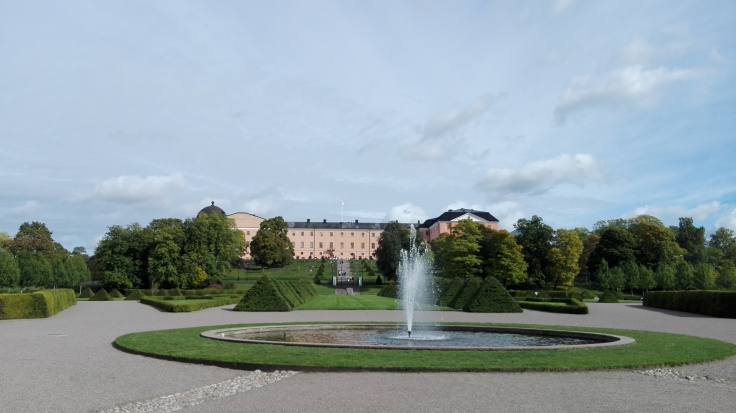
The palace is also famous for its nice botanic garden, which is close to the modern buildings of Uppsala University, oldest university in Sweden and all of the Nordic European countries, founded in 1477.
The Slott is located on a well-guarded hill facing the old town center. The cannons are there on purpose: during the protestant reformation, king Gustav I Vasa wanted to show the Archibishop who ruled the city.
Sadly, no more human sacrifices or allucinated visions: Uppsala is nowadays a lovely town, full of international students and cozy cafes. But the city still keeps a vintage and historical atmosphere that remind the visitor of its glorious and warlike past… and I’m happy I was given good weather visiting it (maybe a present from a pagan god).
So here is a photogallery that features the city center and the places I’ve seen:
…Thank you!

